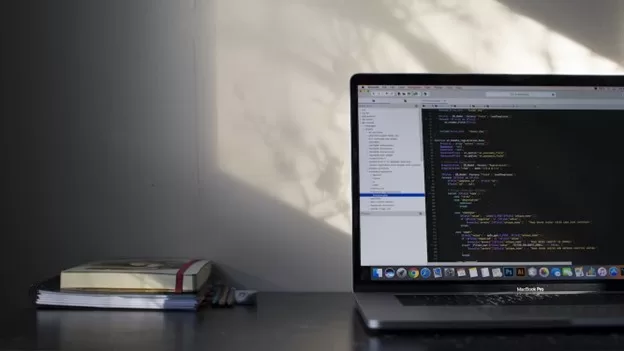Product liability insurance is a type of coverage that protects businesses from financial losses due to product defects or malfunctions. As a business owner, it is crucial to protect yourself from any potential lawsuits that may arise from your products.

This insurance is essential for businesses that produce tangible goods, as it can shield them from costly legal fees and settlements in the event of a lawsuit. IT professional liability insurance is also becoming increasingly important as businesses rely heavily on technology and data.
But how do you determine the right amount of coverage for your business? And what factors determine the cost of product liability insurance? In this blog post, we’ll explore these questions and more.
1. Understanding Coverage Limits
The first step in calculating your coverage needs is to understand the coverage limits available to you. Product liability insurance policies typically come with two types of limits: per occurrence and aggregate. Per occurrence, limits are the maximum amount the policy will pay out for a single claim, while aggregate limits are the maximum amount the policy will pay out over the course of the policy term.
When determining how much coverage you need, consider factors like the size of your business, the nature of your products, and the potential cost of legal fees and damages in a worst-case scenario. It’s also important to keep in mind that some retailers and customers may require a certain level of coverage in order to do business with you.
Read Also:
2. Factors that Affect Product Liability Insurance Costs
There are a number of factors that can impact the cost of product liability insurance, including the size of your business, the industry you are in, the type of products you sell, and your history of claims. Generally, the higher the potential risk associated with your business, the higher the cost of insurance. For example, a manufacturer of medical devices will likely pay more for insurance than a clothing retailer.
3. Working with an Insurance Broker
If you’re unsure about how much coverage you need or what types of coverage are available to you, consider working with an insurance broker. An insurance broker can help you navigate the complex world of insurance and assist you in finding the right coverage at the right price. Working with an insurance broker can also save you time and effort by allowing you to focus on running your business while the broker handles the insurance details.
4. Evaluating Potential Risks
In addition to understanding your coverage needs and working with an insurance broker, it’s important to evaluate the potential risks associated with your business and products. Conducting regular risk assessments can help identify areas where your business may be vulnerable to legal action and allow you to take steps to mitigate those risks. This can include implementing quality control measures, improving labeling and packaging, and providing adequate warnings and instructions.
5. Choosing the Right Policy
When it comes to choosing the right product liability insurance policy for your business, it’s important to work with an insurance broker who can help you select the coverage that meets your specific needs. Be sure to read and understand the policy details, including any exclusions or limitations, before signing on the dotted line. You may also want to consider getting quotes from multiple insurance companies to ensure that you’re getting the best coverage at the best price.
6. Look for Discounts
Some insurers offer discounts on product liability insurance to businesses that take steps to reduce their risks. For example, if your business has a formal quality control program, you may qualify for a lower premium. Additionally, a history of no or low claims may lead to discounts and insurance companies reward businesses that have demonstrable, high standards for quality control.
Conclusion
Product liability insurance is crucial coverage for businesses that sell or manufacture tangible goods. Understanding your business’s risk factors, calculating your coverage needs, evaluating costs, and looking for discounts can make the process of securing appropriate coverage much simpler.
It is also essential to partner with a professional insurance agent who can provide guidance in obtaining the appropriate level of coverage. In every business, no one wishes to face liability claims, but with appropriate product liability insurance, they can be confident in the financial protection of their business.









